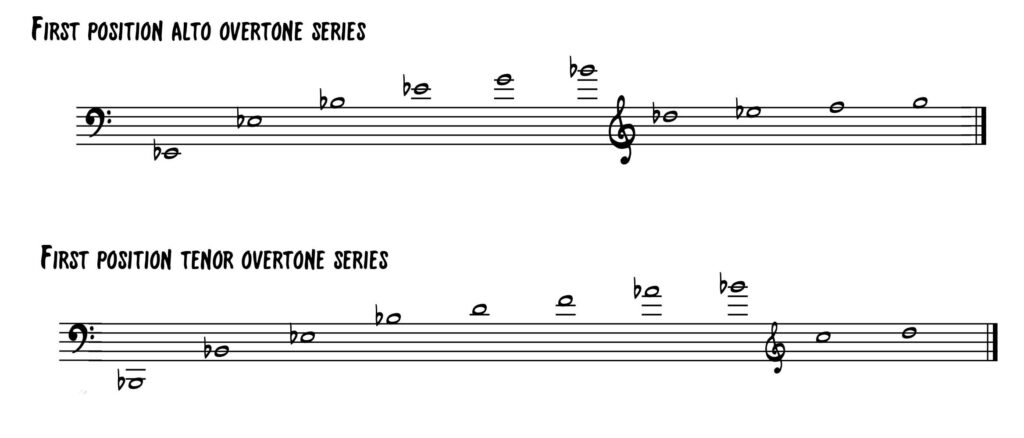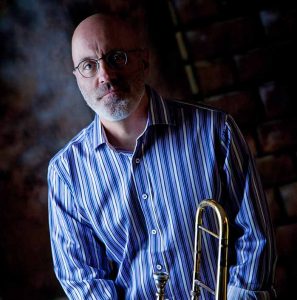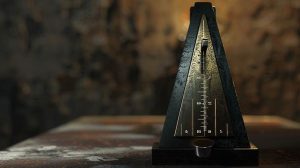
The Benefits of the Ear to Instrument Connection
I recently watched a video performance by the amazing classical pianist Yuja Chang. I’ve seen her memorizing motion and heard her virtuosic playing before, but something hit me after seeing
Categories:
Categories:
The alto trombone position chart seems to be quite in demand. I included one within my book Alto Trombone Savvy, but not here in my blog, so I thought I should get busy. So here are the alto trombone slide positions.
Check out my book, Alto Trombone Savvy, in both bass and alto clef for much more detail along with exercises specifically created to help you learn the positions quicker. I consider this book to be the missing manual for the alto trombone.
In case you may not be aware, the alto trombone slide positions are completely different from tenor trombone. In other words, the alto is not just a smaller tenor. The fundamental of a tenor trombone is concert Bb and the fundamental for an alto trombone is concert Eb.
The partials on the alto, therefore, are a fourth higher than tenor. The second partial on a tenor is Bb at the bottom of the bass clef staff, and the corresponding partial for the alto is the Eb in the middle of the bass clef staff.
Before diving into the position chart, let me make one point. Reading alto clef is NOT required for alto trombone. In fact, I think it is pretty silly to learn alto trombone in alto clef. Unless you plan on being a symphonic player where those ancient parts for alto were written in alto clef, learn the instrument in bass clef. Especially if you are a tenor trombone player, you’ll want to learn the alto trombone using the same notation that you are used to. Otherwise, you’ll never be able to read the parts handed out to you.
Below is a comparison of the first position overtone series between alto and tenor.

So now that you have an understanding of the differences between the overtone series, let’s look at the alto positions.

In the above chart, I have identified the alternate positions after the “/ “.
The physics of the alto trombone place low concert A as the lowest natural note just above the “false” tones. Pedal Eb is in first position and 7th position low A is the next natural tone on the horn. I do recommend that you learn to play those false tones between E and Ab for two reasons.
First, so that you can play notes you might be expected to play from a tenor trombone part. Second so as to strengthen your ear for hearing pitch on the alto. Unlike the natural notes, the false tones are mostly dependent on your ear.
Of course, I am referring to an alto without a trigger. With a trigger, you can play all those notes directly above pedal Eb. I have never cared to have a trigger on my alto. Too much unnecessary plumbing!
I’ll leave you with a couple of videos I produced in my favorite place to play: outside! If you plan to play alto within the context of a band expecting you to sound close to a tenor, you’ll need to work on your sound. If you sound thin, you will have a hard time blending in with the other instruments. Playing into the void of outside is a great way to strengthen your playing and your sound!

Trombonist, author, marketer, & tech guy
Share this post…

I recently watched a video performance by the amazing classical pianist Yuja Chang. I’ve seen her memorizing motion and heard her virtuosic playing before, but something hit me after seeing

I have created a AI chatbot called Jazz Master Chat that draws from 75 hours of interviews from my Jazz Master Summit event a couple of years ago. I interviewed

What is jazz improvisation? Let’s first define what I mean by jazz improvisation. Jazz improvisation is a spontaneous conversation, but instead of words, we use notes. Look at two possible

My recently turned 18 year old son is a passionate photographer He 8217 s got himself a little business

A couple weeks ago I sent Richie Beirach a YouTube clip from the movie Whiplash as a bit of

I originally meant to write this as a reply to a comment Richie Beirach wrote on my blog But

Tools for helping musicians at all levels learn about jazz and play to their full capability.
Web design and marketing by:
Michael Lake @JazzDigitalMarketing.com
This is just a fake book example for the type of website I can build for you. Just trying to use a little humor here!